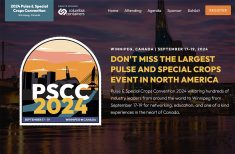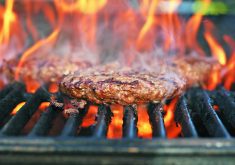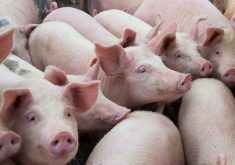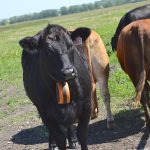Prime minister Stephen Harper was barely four years old when John Diefenbaker, Canada’s 13th prime minister and the fourth to govern from a prairie base, was defeated in 1963.
His defeat ushered in 16 years of uninterrupted Liberal rule and almost two decades of leadership civil war within the Progressive Conservative Party. Historians have not been kind in their assessment of the effectiveness of the six-year Diefenbaker government.
In many ways, the Saskatchewan-based prime minister was a Red Tory, promoting human rights, supporting unions, defending the Canadian Wheat Board and using the government purse to spread funds around the countryside, particularly in rural Canada.
Read Also
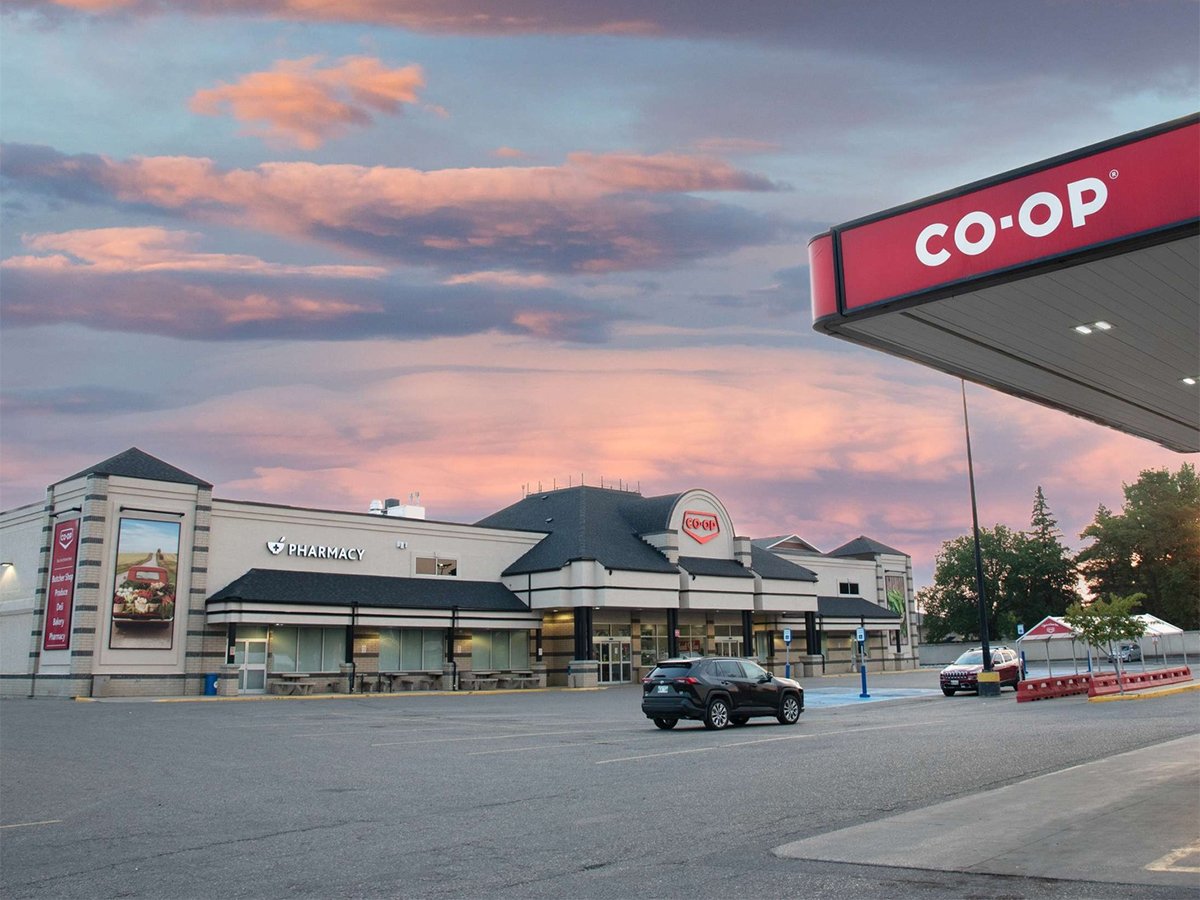
Farmer ownership cannot be seen as a guarantee for success
It’s a powerful movement when people band together to form co-ops and credit unions, but member ownership is no guarantee of success.
Yet Harper, perhaps the bluest of Blue Tories since R.B. Bennett in the 1930s, seems intent on embedding Diefenbaker’s image as a Canadian icon and towering political figure.
The Harper government has named a human rights award for the former prime minister and in 2008, attached his name to a northern icebreaker in honour of Diefenbaker’s “northern vision” that Harper has resurrected.
On September 19, what would have been Diefenbaker’s 116th birthday, the government announced that a government conference centre in Ottawa will be renamed the John G. Diefenbaker Building.
It is just down the road from the prime minister’s residence on Sussex Drive and beside the foreign affairs’ department head office named after Liberal prime minister Lester B. Pearson, Diefenbaker’s bitter political rival through four election campaigns.
Public Works minister Rona Ambrose said the building was named to recognize Diefenbaker’s “influence on Canadian history.” She noted his 1960 Bill of Rights and extension of voting rights to aboriginal people.
Although the two were not close associates or friends, Diefenbaker also made history by naming Ellen Fairclough Canada’s first female cabinet minister in 1957.
With Liberal governments dominating much of 20th Century Canada, most public prime ministerial recognition has gone to Liberal icons like Wilfrid Laurier, William Lyon Mackenzie King, Louis St. Laurent and Pierre Trudeau.
Harper, like his predecessor Brian Mulroney, has been trying to correct the public naming balance to give Conservatives more of a presence.
Mulroney named the Ottawa airport after founding Tory prime minister John Macdonald and his Quebec lieutenant Georges-Etienne Cartier and the Saskatoon airport after Diefenbaker.
But one former Conservative leader seems to have been forgotten in the government effort to identify Canada as a Conservative country.
So far, Harper has not chosen to name Calgary’s airport after the only other prime minister from the city — R.B. Bennett, widely judged as one of Canada’s least successful prime ministers whose 1935 defeat ushered in 22 consecutive years of Liberal government.


